A little desert trip labelled: “Following the footsteps of the last king of Egypt; King Farouk.”
by Naeem Mayet and Saaleha Bamjee
Photographs by Naeem Mayet
Sometimes, Cairo, with all of its rich fullness and grainy texture, displaces the mind’s quiet.
As both vanquisher and subduer, Al-Qahira fills the spaces between thoughts with its Life and Living.
You would imagine that in order to reclaim some of yourself, it would take a great many hours to escape the city’s penetrating charm.
Not so, as you spare just a pair and head out for the desert, along Koraymat road, passing through the Hulwan tollgate.
Roughly 70km outside of Cairo, after the Hulwan tollgate, it takes an au fait guide to make the necessary u-turns and entries through the unofficial breaks in the concrete barriers of the dual carriageway.
With your back to the churning of industry, you follow on the tracks of camels, donkeys, 4×4s and motorbikes towards Wadi Risch-rasch.
The landscape introduces itself by its wide grey plains. The valley soon narrows, drawing in the rocks and cliffs. The colours become earthier. Water has had its way here but you’d never tell by the shattered clay of the earth. But when the water comes, it comes, and the little starts of vegetation are that testament.
Between the hills that look like huts and pareidolic faces cut into the sides of the eroded mountains, stillness replaces what Cairo displaces.
This is where you can speak to yourself and listen.
Further on the way (about 10km into the desert) lies what used to be King Farouk’s hunting lodge, the original road has been completely wiped out in the last 50 years by flash-floods and sandstorms. Located to perfectly capture and circulate the cooling winds of the wadi (valley), this is where the last King of Egypt would come to find his own quiet (and hunt the gazelle collected, conveniently, for him). Apparently this was also used to house the exiled King of Albania.
The dovecotes make for quirky sentries and the buildings now function as a rendezvous for Bedouins with business (apparently some hush-hush about hashish!) and tourists who want a different story to tell.
While the insides of the stables and kitchen declare that Mohammad was here in 2004; the rocks outside bear more ancient graffiti. There are rudimentary depictions of cattle and gazelle you may speculate as being left behind by some keen, and bored, herdsmen hailing from Pharaonic times.
If it weren’t for the fresh animal spoors, the wadi may soon trick you into believing you are the only breathing thing left in the world.
And the Bedouins too leave their own tracks. Their motorbikes score doughnut rings in the dust and there is an alien packet of chipsys wedged under a rock next to shoes that must have trampled a hundred thousand miles. But this is detritus you can deal with.
The golden walls of the wadi lull and soften.
Here the skies are clear.
Your lungs are loose.
Your thoughts are your own.
Naeem and Saaleha are husband and wife from Johanesburg, studying Arabic in Egypt. They are well travelled with lots of stories to tell. For more about them visit their blogs: www.naeem.co.za and www.saaleha.com .
Tags: Bedouins, Cairo, Cliffs, Desert, Gazelle, Graffiti, Hiking, Hulwan, King Farouk, Pareidolic, Valley, Wadi
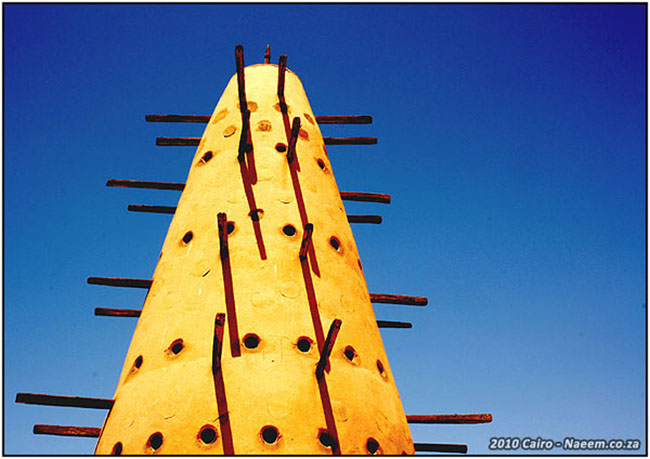
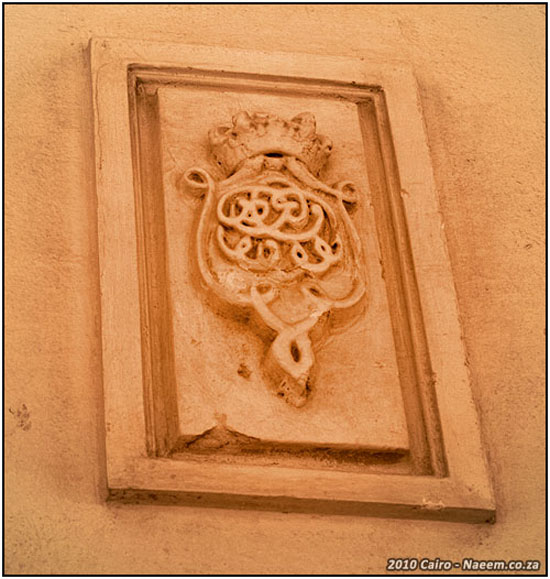
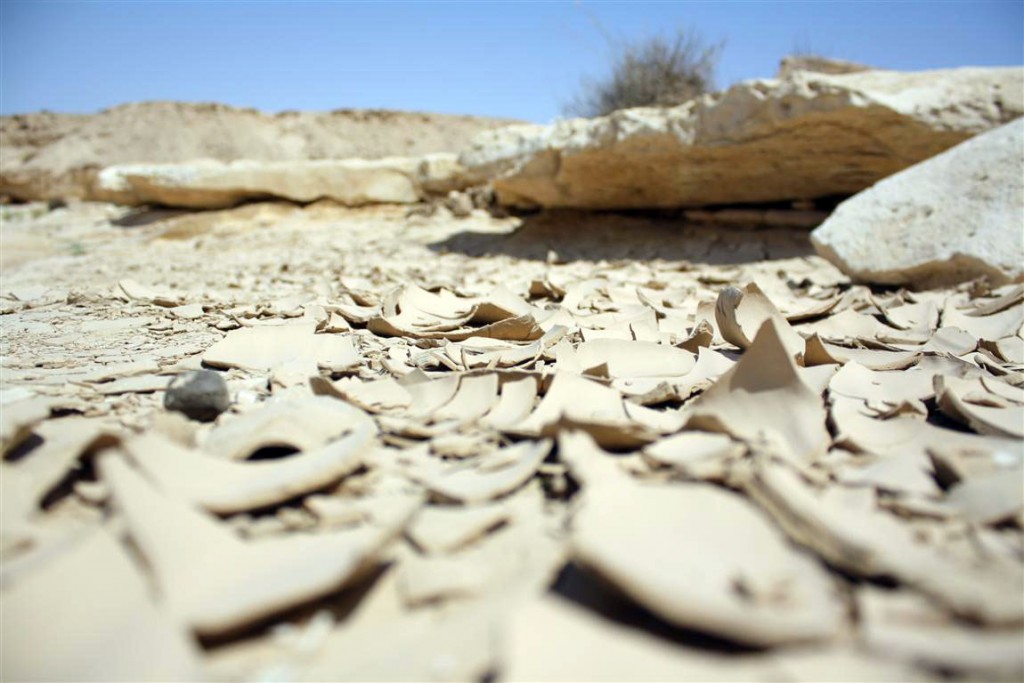
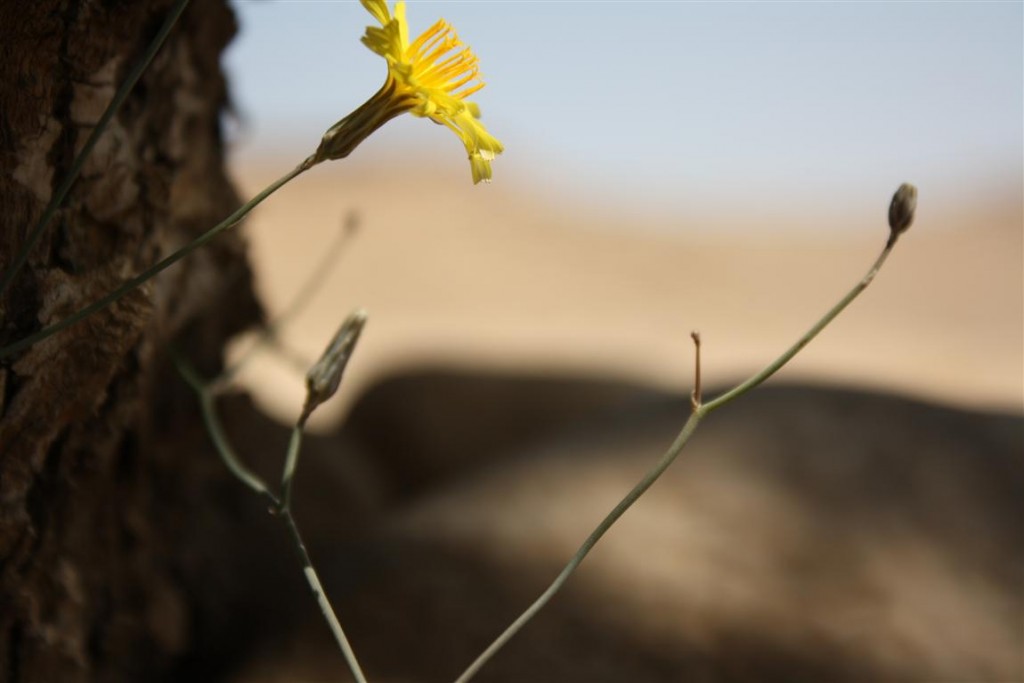
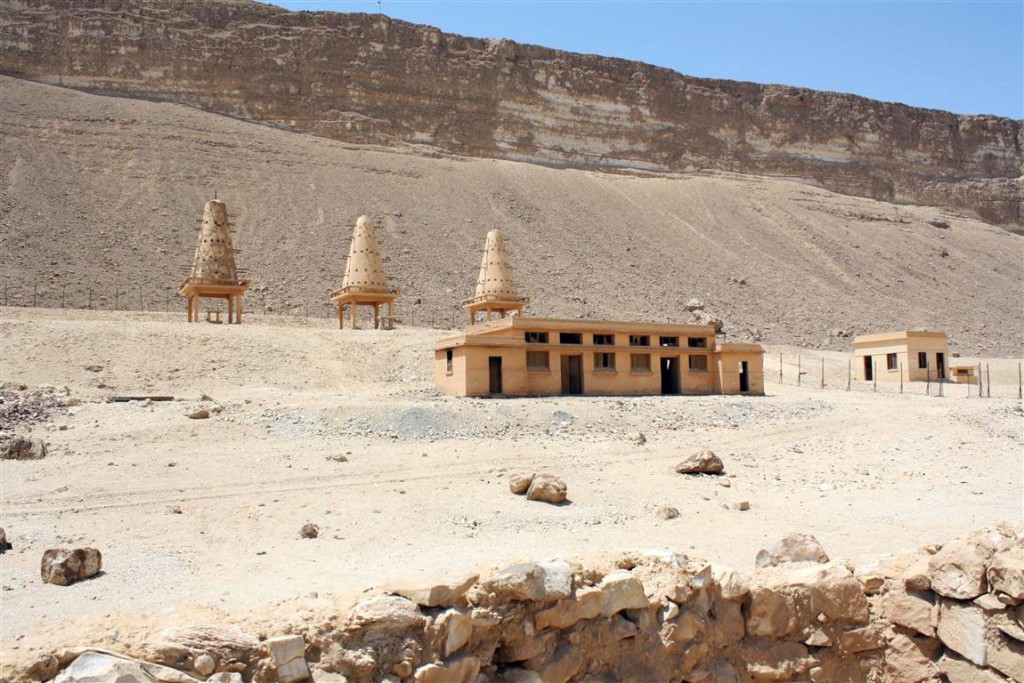
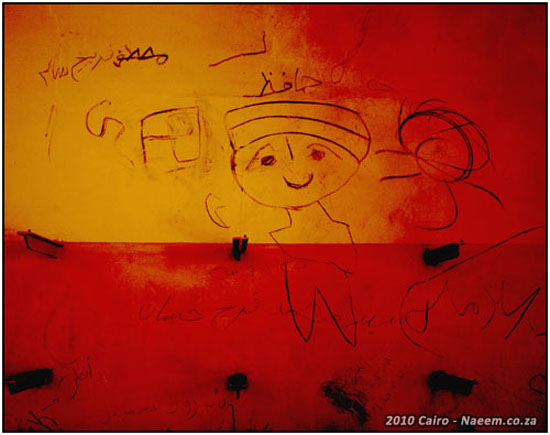
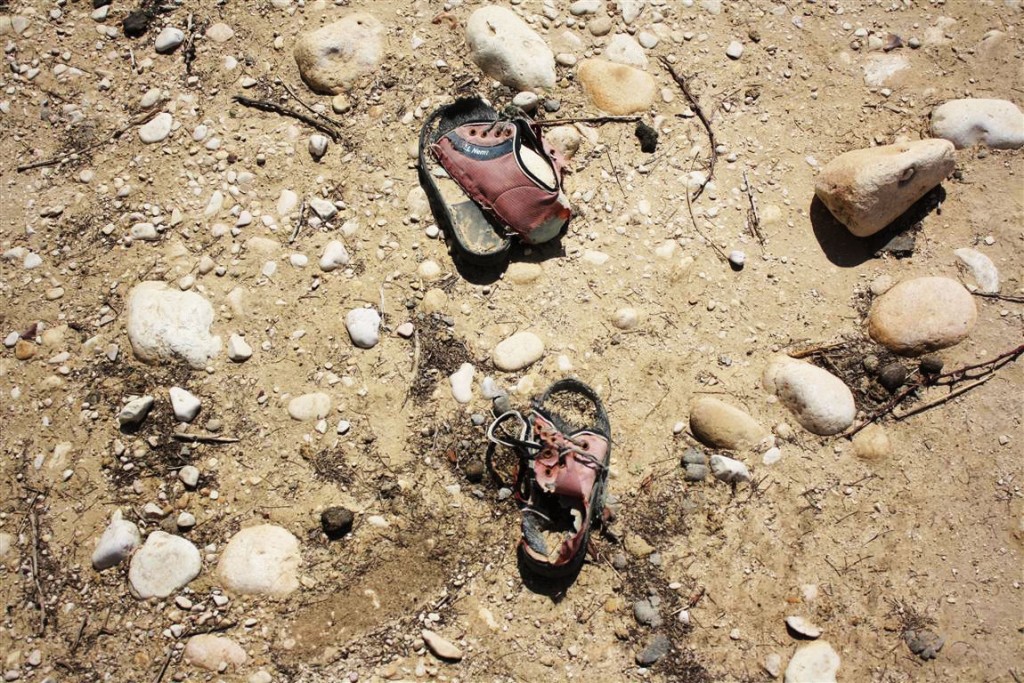








Trackbacks for this post